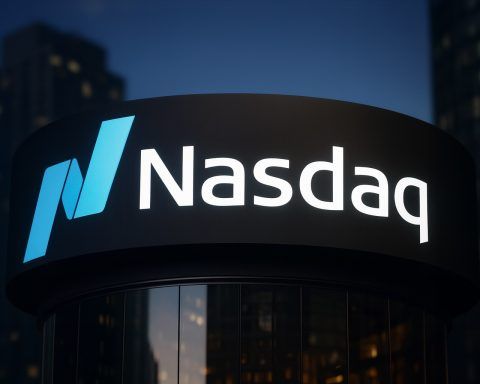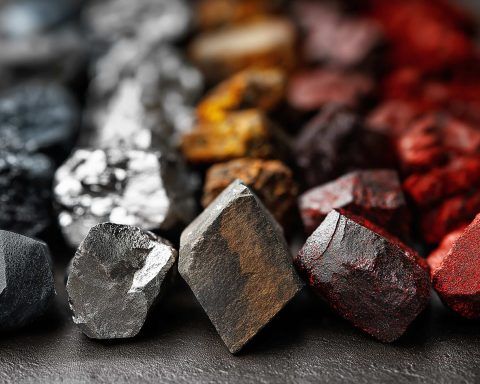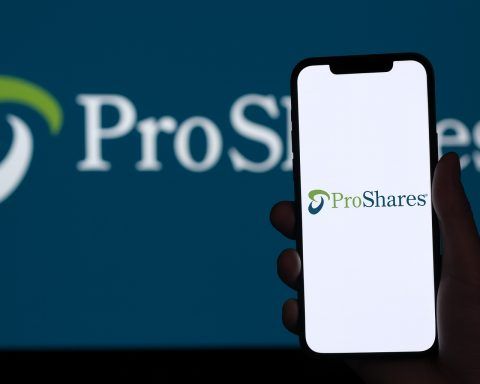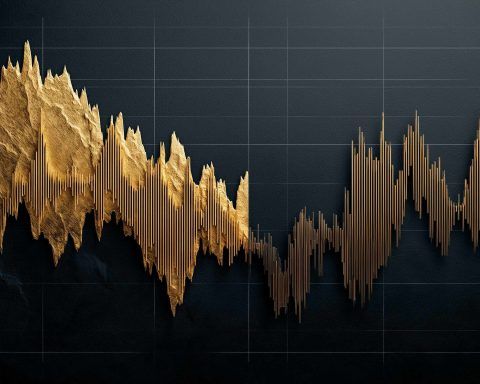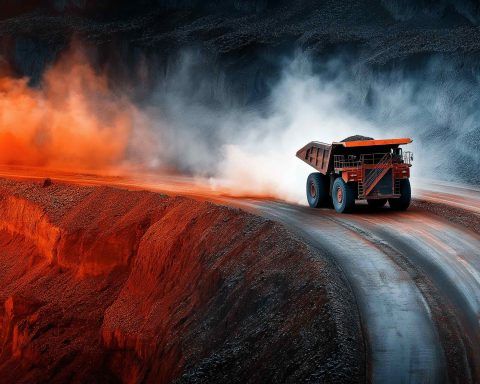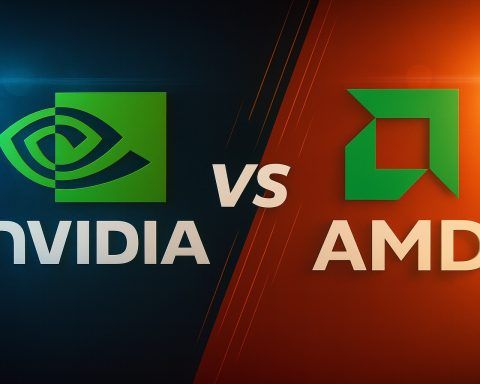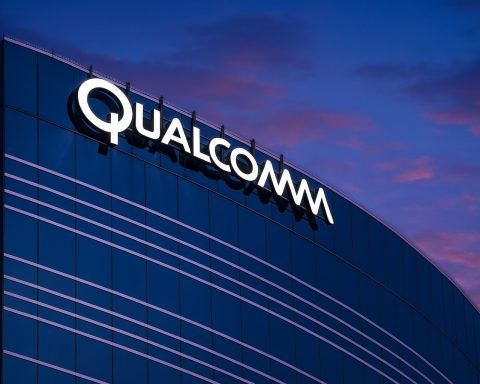
ZenaTech (ZENA) Stock: Will It Explode 70% on New Drone & Quantum Breakthroughs? (Oct 2025 Deep Dive)
Recent News & Corporate Developments ZenaTech’s stock move this month reflects a flurry of positive news. On Oct. 9, 2025, ZenaTech announced it closed the acquisition of Putt Land Surveying, Inc. (Tucson, AZ), its eleventh land-survey firm acquisition zenatech.com. CEO

